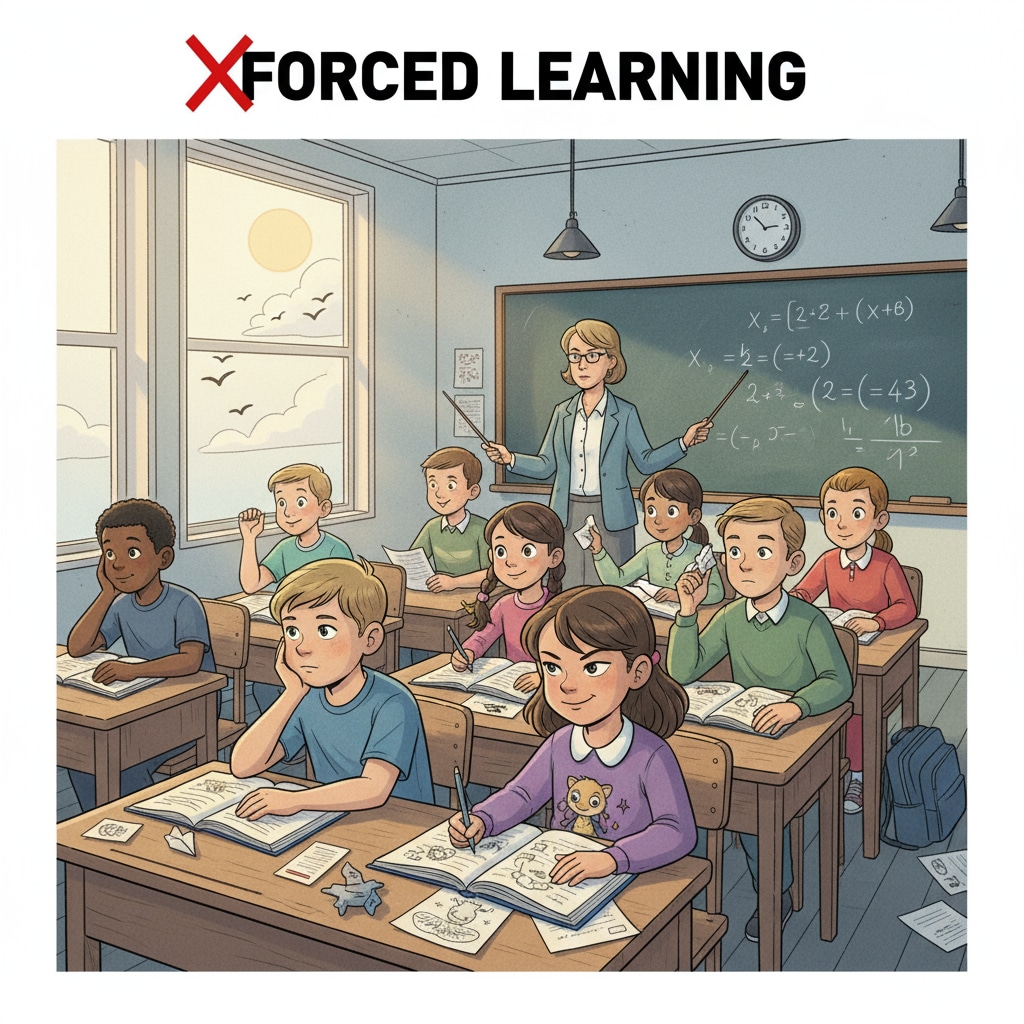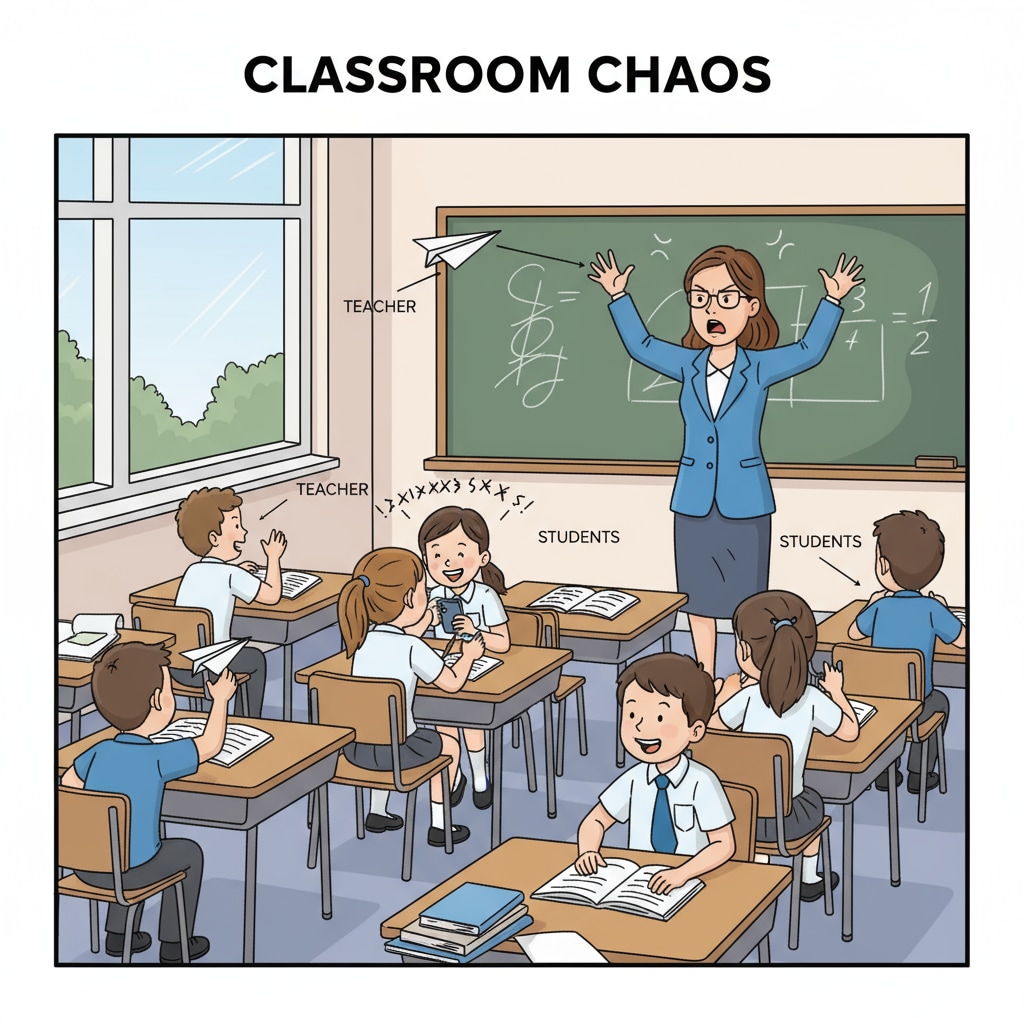The contemporary school system is deeply rooted in the misguided belief that “learning can be forced,” a fallacy that has given rise to a plethora of educational predicaments, spanning from discipline management to academic assessment. This article delves into the limitations of the compulsory education model and how it stands as an obstacle to genuine and effective educational transformation. The concepts of compulsory learning, school systems, and education policies are intertwined in this complex issue. Compulsory education on Wikipedia provides a broad overview of the general concept.
The Fallacy of Compulsory Learning
The idea that students can be forced to learn is fundamentally flawed. Learning is a deeply personal and intrinsic process that thrives on curiosity, motivation, and engagement. When education is imposed rather than inspired, it often leads to disinterest and resistance among students. For example, in a traditional classroom setting where students are required to memorize facts without understanding the context, they may quickly lose enthusiasm for learning.

This lack of genuine interest not only affects academic performance but also has long-term implications for a student’s love for learning.
Discipline Management Dilemmas
One of the most evident areas where the compulsory education model shows its limitations is in discipline management. In an environment where learning is forced, students may act out as a form of protest. Teachers often find themselves struggling to maintain order rather than focusing on facilitating learning. As a result, a significant amount of time and energy is diverted from educational activities. According to Education on Britannica, effective education should foster a positive learning environment, but the current model seems to be doing the opposite. This misalignment between the goal of education and the reality of discipline issues further exacerbates the problems within the school system.

Academic assessment is another area severely impacted by the compulsory education model. Traditional assessment methods, which often rely on rote memorization and standardized testing, fail to measure a student’s true understanding and ability. When learning is forced, students may simply cram information for the sake of exams, without truly internalizing it. This leads to a situation where high test scores may not accurately reflect a student’s knowledge or potential. As we move forward, it is crucial to reevaluate our education policies to address these issues and create a more effective learning environment.
Readability guidance: By highlighting these key areas, we can see how the compulsory education model is in need of reform. Short paragraphs and clear lists, like the ones above, help to present complex ideas in an accessible way. We must strive to reduce the use of passive voice and long sentences, while integrating transition words to enhance the flow of the article.


